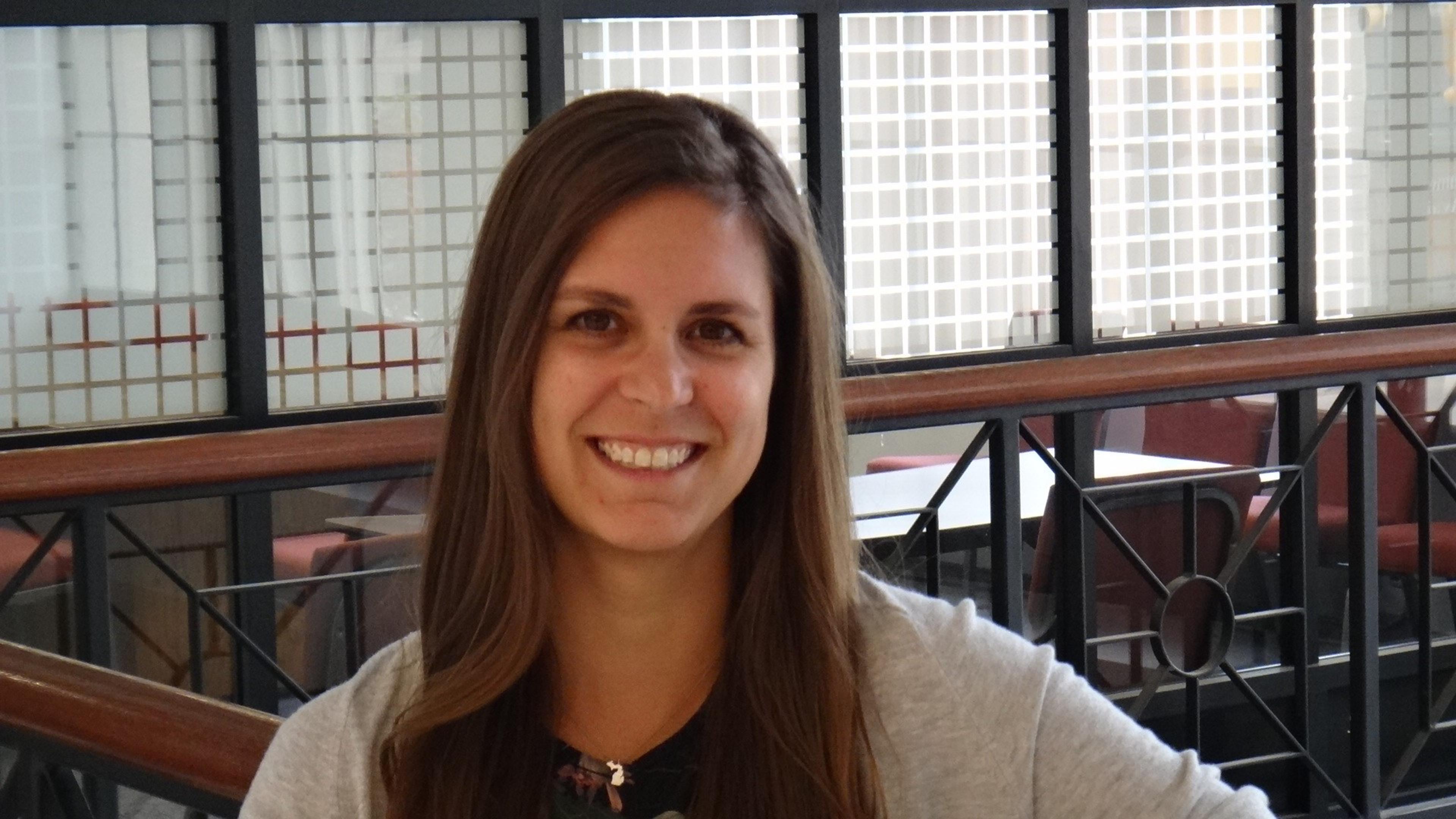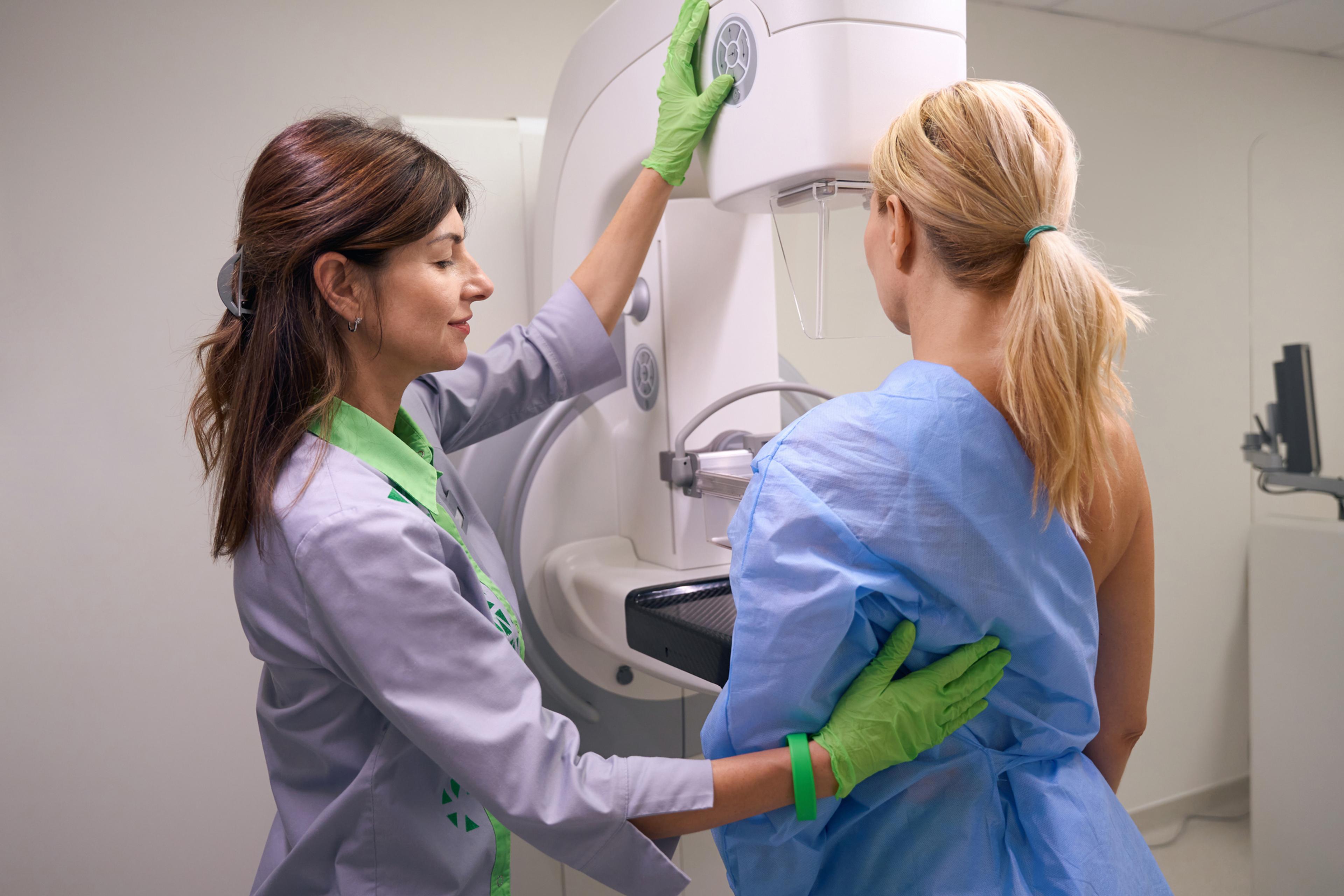What to Know About Breast Density and Mammograms

Lindsay Knake
| 3 min read
Lindsay Knake is a brand journalist for Blue Cross B...

About half of women have dense breast tissue, which has a higher rate of breast cancer than less dense tissue, according to the American Cancer Society (ACS).
The U.S. Food and Drug Administration (FDA) as of Sept. 10 requires all mammogram reports include breast density, described in the report as “dense” or “not dense.”
About 13% of American women develop breast cancer, which is the second-leading cause of cancer-related deaths in U.S. women, according to BreastCancer.org.
Learn more about breast density and what to discuss with your doctor.
What is breast density?
Breast density describes the amount of fibrous and glandular tissue compared to fatty tissue. The more fibrous and glandular tissue in a breast, the denser it is. This isn’t related to breast size or firmness, according to the National Cancer Institute. The only way to determine the density of breast tissue is through a mammogram.
There are four kinds of breast density:
- Scattered fibroglandular breast tissue: mostly fatty tissue with some areas of dense glandular and fibrous connective tissue. About 40% of women are in this category.
- Heterogeneously dense breast tissue: many areas of dense glandular and fibrous connective tissue with some areas of fatty tissue. About 40% of women are in this category. Entirely fatty breast tissue: Nearly all fatty breast tissue. About 10% of women are in this category.
- Extremely dense breast tissue: Nearly all dense glandular and fibrous connective tissue. About 10% of women are in this category.
If your mammogram report describes your breasts as dense, it means you have heterogeneously dense or extremely dense breast tissue.
Dense tissue makes it more difficult to see breast cancer in a mammogram. On a mammogram, both dense tissue and masses and cancers look white while fatty tissue appears black. Less dense tissue makes it easier to see tumors.
It is not clear why this tissue increases the risk of breast cancer, according to the ACS.
What should I know about dense breast tissue and mammograms?
Mammograms, a low-dose x-ray, are life-saving screenings that can detect cancer early and lead to women needing less aggressive treatment.
By age 45, women should start getting annual screening mammograms to check for changes in breast tissue. At age 55, women with average risk for breast cancer can switch to getting mammograms every other year. Talk to your doctor if you have a family history or known risk of breast cancer; you may start mammograms earlier.
If you learn through your mammogram that you have dense breast tissue, you should continue your annual mammograms. Radiologists still find breast cancer in women with dense breasts. Also, continue to perform self-checks and know how your breasts look and feel. Report any changes to your doctor.
The U.S. Preventive Services Task Force has called for more research on whether there should be additional screenings for women with dense breast tissue. For now, the task force recommends women discuss options with their health care provider.
Breast ultrasounds, MRIs and digital breast tomosynthesis, also known as3D mammography, can help some radiologists find cancers that regular mammograms cannot. These also may be follow-up tests if your mammogram shows irregularities or changes.
Talk to your health care provider about which diagnostic tool is right for you.
Image: Getty Images
Related:





